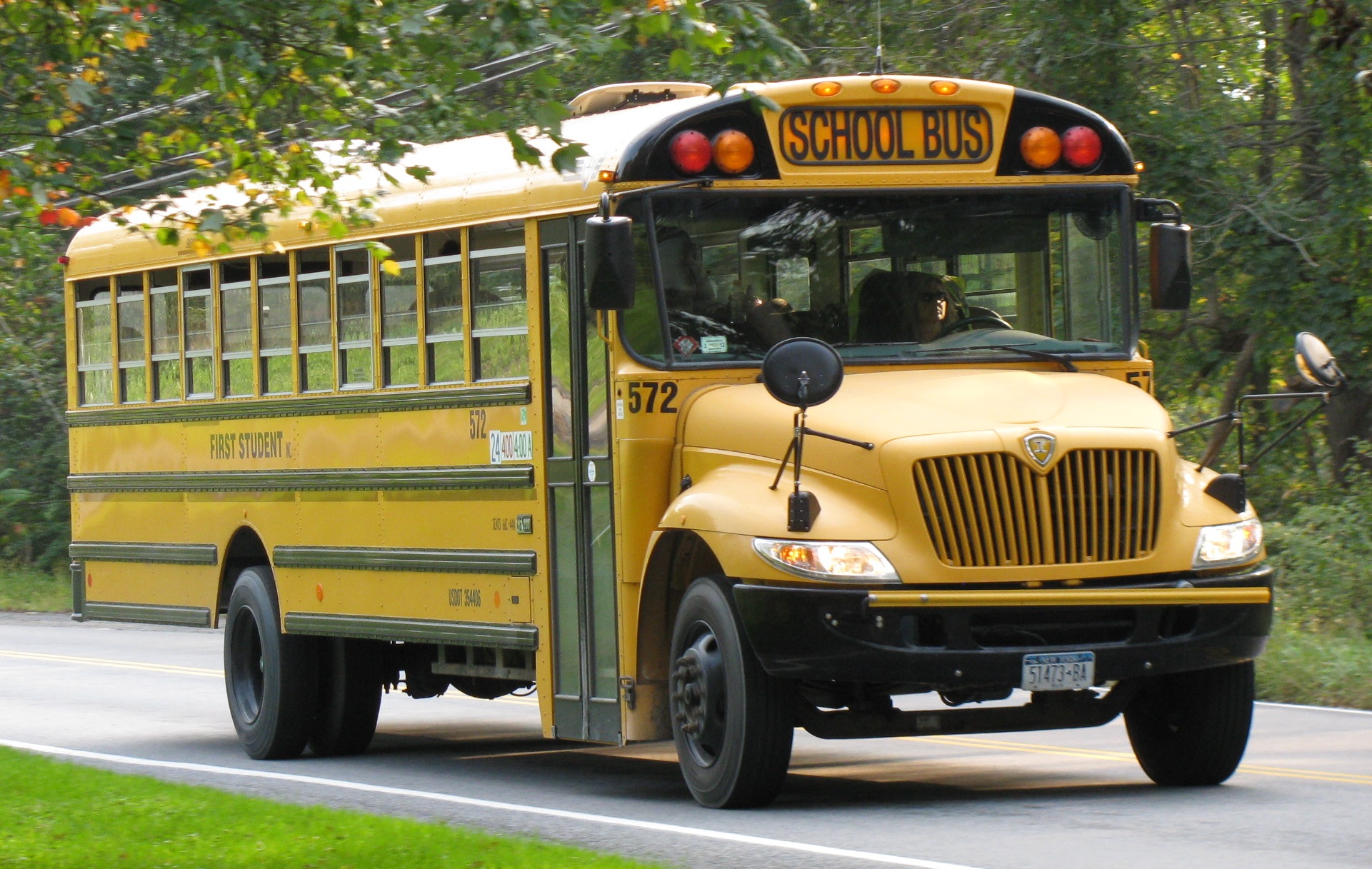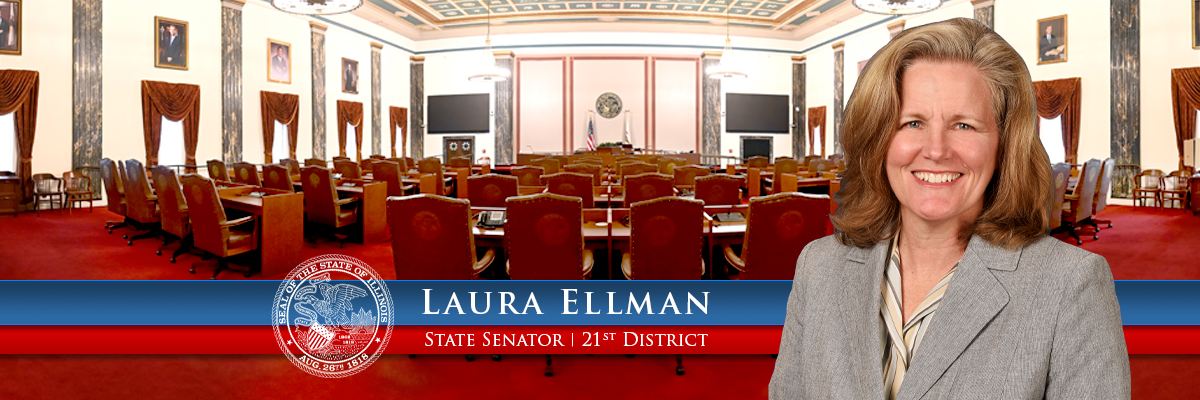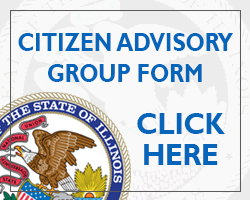
NAPERVILLE – State Senator Laura Ellman (D-Naperville) is announcing that school districts in the 21st District will receive $66.1 million in additional funding to help address the many challenges presented by the COVID-19 pandemic.
“I’d like to acknowledge all of the hard work and sacrifice students, teachers, and parents have given for more than a year now,” Ellman said. “I’m confident that this funding will help all of us move forward and eventually beyond this once-in-a-lifetime pandemic.”
The funding comes as part of the most recent federal COVID-19 relief packages. Schools, students and parents have overcome challenges that no one could have imagined before the pandemic began, including remote and hybrid learning, digital connection issues, new processes for receiving state and federal aid that normally flow through schools, and more.
Local school districts are set to receive the following amounts:
• Benjamin School District 25 - $320,266
• Winfield School District 34 - $329,254
• Community Unit School District 200 – $13,155,900
• Naperville Community Unit School District 203 – $9,270,982
• Indian Prairie Community Unit School District 204 – $12,261,096
• Lisle Community Unit School District 202 – $1,675,038
• Community Consolidated School District 93 – $4,501,233
• Glen Ellyn Consolidated School District 89 – $1,741,161
• West Chicago School District 33 – $9,867,839
• Community High School District 94 – $3,930,792
• Glenbard Township High School District 87 – $9,065,618
The majority of the funding comes from the American Rescue Plan, which gives local schools a great deal of flexibility in how they can use the money over the next 3 ½ years. At least 20% of the funding must be used to address learning loss, but beyond that, school districts can use the money to address many different issues and costs. For example, it can be used to better equip schools for safe learning, to prevent layoffs, to address students’ social and emotional needs, to fund summer programs, or to ensure all students have access to reliable Wi-Fi and technology.
The State Board of Education, in collaboration with other state agencies that address education, has produced a guide for local school districts to help them decide how to best use their resources. While the guide and other state-sponsored services are completely voluntary, the state aims to support local districts during this difficult time.
“Schools have made decisions with limited guidance for much of this public health crisis,” Ellman said. “This guide can help ensure they maximize the resources coming their way.”
In total, Illinois received more than $7 billion to support local school districts.

